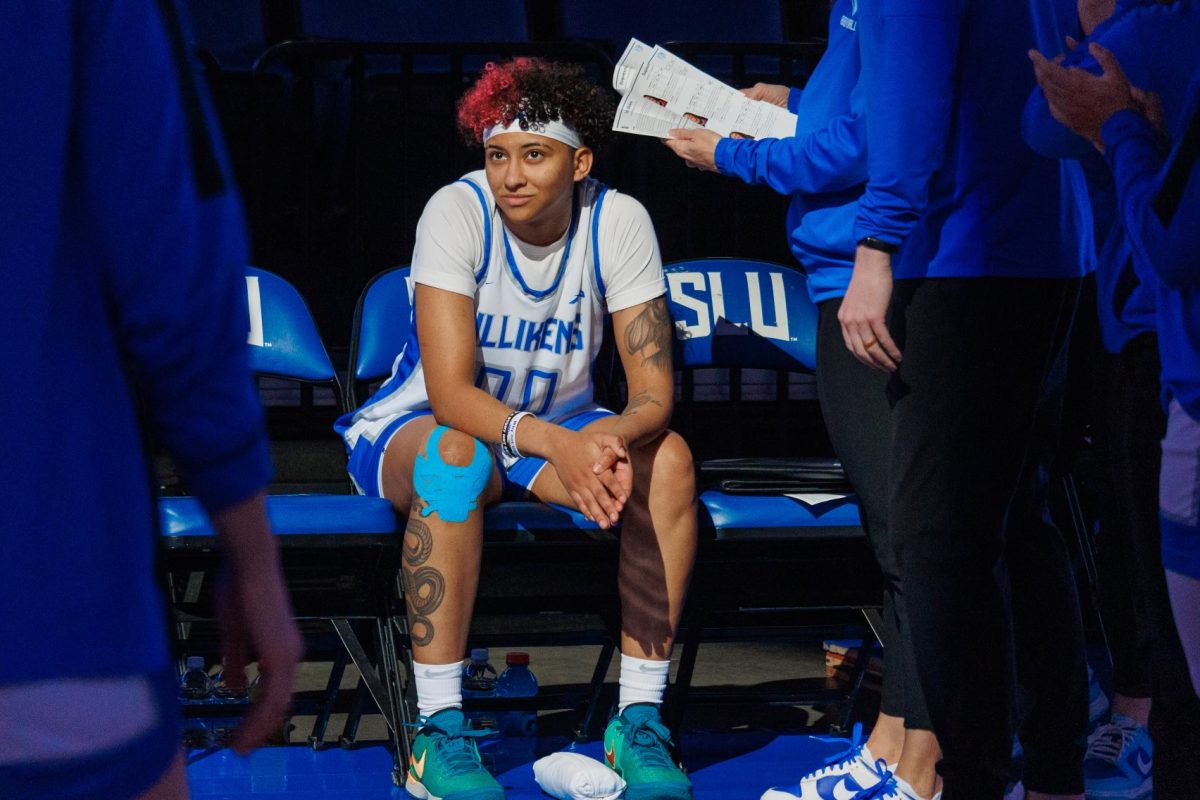The old coin-toss, it’s a pretty straightforward concept, really. If the coin lands on the side you called, you win. If not, you lose.
In fact, it’s so foolproof that football games have begun with the flip of a coin since its earliest days. What better way is there to decide who gets the ball first and who get the ball in the second half? However, I do believe when a game played in the National Football League reaches a third half, or what most call “overtime,” a coin-toss is not the answer. In this scenario, the coin-toss all too often determines who wins and who loses–not only the flip, but also the entire game.
Some question the importance of the coin-toss. Many coaches tell their team captains to defer until the second half, thus starting out the game on defense.
Most of the time, these coaches are confident their defense will ignite their team and fans. But a good amount of coaches like to receive the ball on the opening kickoff, thus accepting possession of the ball to begin the game.
Don’t get me wrong. I know the importance of having the ball in a football game. I understand most of the tactics involved in receiving or defending the opening kickoff. And I completely accept the flipping of the coin as the fairest way to decide who gets the ball to begin each half of a regulation NFL game.
But my problem lies after the sound of the final whistle, when the game is tied and more football must be played to determine a winner. Sudden-death overtime ensues in this case. In laymen’s terms: he who scores first takes the spoils. Is this the answer? Does this promote the essence of professional football? Hardly.
Let’s study this issue in terms of yardage. In most cases, an overtime period begins with a kickoff that is returned to, at worst, the team’s own 20-yard line. But many times, late in a game, kicks don’t reach the end zone and are returned, on the average, to the 25- or 30-yard line. All that team needs to do is march down about 30-yards to be in field goal range for today’s place-kickers.
In this day and age, kickers can make 50-yarders with their eyes closed and left legs tied behind their buttocks. This amounts to a couple runs and a few passes and Thump!…game’s over. The coin-toss winners take the game as well.
Sure, defense is just as important in the overtime period as the offense. It is the defense’s job to stop that first overtime drive, but let’s be realistic. Holding a team to a drive of 30-yards late in a game is a little difficult, isn’t it? Sure, the kicker still needs to put down his hotdogs and candy bars and run unto the field with his one cleat to kick the game winner, but for the most part, things fall into place.
My point is this; all I am asking is a little fairness in the overtime periods in NFL games. Let the teams share blows, let them display what they can do under pressure from both sides of the ball. This will give a much-needed boost to the excitement of the NFL’s overtime period. If the first team scores a field goal, the pressure turns to that team’s defense and their attempt to keep the other team out of the end zone.
Every other level of football follows this pedagogy. When I was in grade school, nothing was more invigorating than having four downs to score from the 10-yard line in overtime. The coin-toss was still prevalent; it decided who started off with the ball. Can you imagine how a little kid would feel if one team got the chance to score, but his own team didn’t? Where is the sportsmanship in that situation?
In high school and college games, overtime is decided by placing the ball at the 25-yard line and each team trying to punch it in for a score. The overtime session proceeds until one team scores more than the other does. Only after each team has had “fair-ups,” is a winner declared. This brings so much excitement to the game. With this method of overtime, you can throw out the frightening percentages of NFL overtime games. Such numbers, like 80 percent of overtime coin-toss winners go on to win the game, will no longer be taken into effect.
The game would then be decided by what team can put together a well-rounded football attack for one extra period.
Professional football has had some amazing moments be played-out in overtime periods. Last week’s Patriots-Chiefs match-up, which possessed me to write upon this rather random subject, was a classic case of a good game being forced into the extra period. But what a waste to see that game end a minute later on a field goal on the first drive of the overtime. What a waste to see a great game end in such a boring manner.
My vote is this: Bring the intensity back to overtime in professional football. Bring the excitement of a gut-wrenching tie ball game into that extra period.
Allow the old-fashioned coin-toss to determine the advantage, not the victor.







